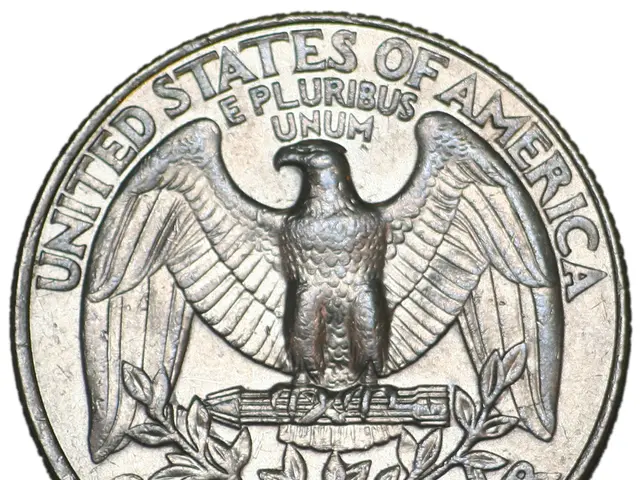Brands selling streetwear entice younger shoppers with a pathway to high-end fashion, according to a report.
In the ever-changing landscape of luxury retail, a significant transformation is underway. According to a report from JLL, luxury companies are recognising the importance of in-store experiences, yet prices remain 21% above pre-COVID-19 levels. This, the report suggests, impacts the purchasing power of aspirational consumers within the luxury industry.
As the demographic profile of luxury consumers evolves, collaborations, marketing, and innovative store designs are set to become more crucial for luxury brands in forming connections with younger consumers. This shift is evident in the recent appointment of Jaden Smith as the first artistic director for men's collections at Christian Louboutin, who are preparing new collections for January 2026, indicating ongoing expansion efforts amid limited retail space availability in desirable urban locations.
However, not all luxury fashion brands have enjoyed positive financial results recently. Brands like Burberry and Lanvin have seen steep declines, while others, such as Prada and Hermès, have reported double-digit revenue jumps. This disparity underscores the need for strategic adaptation in the luxury market.
The luxury goods market is expected to face persistent struggles for the rest of the year, according to a recent report from HSBC. Yet, despite these challenges, demand for desirable retail locations exceeds supply. A remarkable 68% of new store openings were still in prime retail corridors between July 2023 and July 2024.
In response to this, luxury brands with an established presence in major markets are finding it crucial to reinvest in their existing flagships. Meanwhile, some brands have ventured away from traditional prime urban corridors, seeking alternative locations to establish their boutiques.
The intersection of luxury and streetwear is another fascinating development. Luxury eyewear company EssilorLuxottica's acquisition of the Supreme brand, as noted by JLL, underscores the importance of streetwear's direct link to the younger and more diverse consumer base for growth. Streetwear brands are increasingly setting up shop near high-end spaces, with examples including A Bathing Ape in Chicago's Gold Coast, Kith in Malibu, and Palm Angels in New York's SoHo neighborhood.
In an effort to attract and retain younger consumers, luxury brands could aim to personalise their in-store experiences. This personalisation could be the key to bridging the gap between the high prices and the purchasing power of the aspirational consumers, ensuring the continued success of the luxury industry.
In conclusion, the luxury retail sector is undergoing a significant transformation, driven by the changing demographics of consumers and the need for innovative strategies to attract and retain them. As the landscape continues to evolve, it will be interesting to see how brands adapt and thrive in this new era of luxury retail.
Read also:
- Duty on cotton imported into India remains unchanged, as U.S. tariffs escalate to their most severe levels yet
- Steak 'n Shake CEO's supposed poor leadership criticism sparks retaliation from Cracker Barrel, accusing him of self-interest
- Germans face billion-dollar infrastructure crisis on federal highways, as construction projects hang in the balance
- President von der Leyen's address at the Fourth Renewable Hydrogen Summit, delivered remotely







